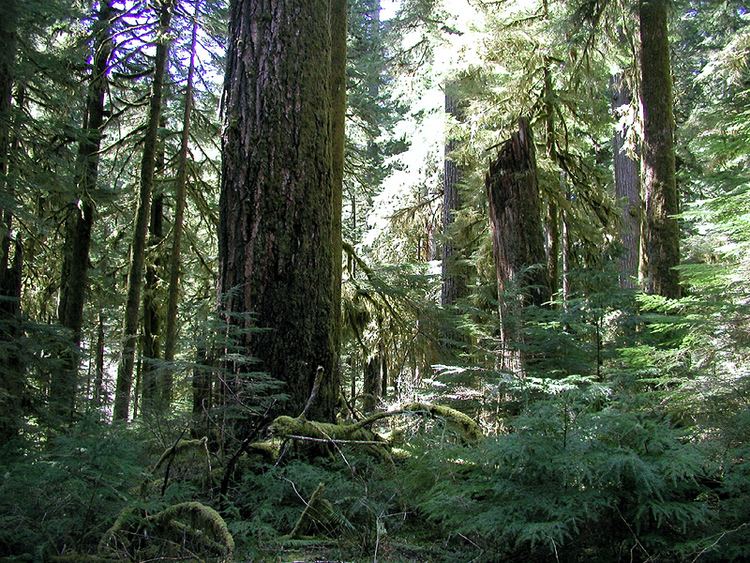Established September 30, 1996 | Area 83.96 km² | |
 | ||
Management United States Forest Service Similar Opal Creek Trailhead, Jawbone Flats, Henline Falls, Bull of the Woods Wilderness, Opal Creek Ancient Forest Ce | ||
Exploring the opal creek wilderness oregon
The Opal Creek Wilderness is a wilderness area located in the Willamette National Forest in the U.S. state of Oregon, on the border of the Mount Hood National Forest. It has the largest uncut watershed in Oregon.
Contents
- Exploring the opal creek wilderness oregon
- Hiking oregon trails opal creek wilderness to jawbone flats episode 2 detailed hiking review
- Geography and ecologyEdit
- HistoryEdit
- References
Opal Creek and nearby Opal Lake were named for Opal Elliott, wife of early Forest Service ranger Roy Elliott.
Hiking oregon trails opal creek wilderness to jawbone flats episode 2 detailed hiking review
Geography and ecologyEdit
The 20,746-acre (8,396 ha) Opal Creek Wilderness is adjacent to a designated "scenic recreation area" of 13,538 acres (5,479 ha), creating a nearly 35,000-acre (14,000 ha) protected area. In addition, the 36,870-acre (14,920 ha) Bull of the Woods Wilderness in the Mount Hood National Forest shares its southern boundary with the Opal Creek Wilderness.
The Opal Creek Valley contains 50 waterfalls and five lakes. Eight hiking trails, remnants of the early day prospecting and fire access routes, total 36 miles (58 km). The valley forms the largest intact stand of old growth forest in the western Cascades, and 500- to 1000-year-old trees are common. The most abundant trees are Douglas fir, Pacific silver fir, and western hemlock. Common hardwoods include bigleaf maple and red alder. Understory vegetation includes huckleberry, vine maple and rhododendron.
HistoryEdit
The wilderness was designated on September 30, 1996, after a nearly 20-year battle to protect the area from logging and mining. In 1980, the District Ranger of the Detroit Ranger District, Dave Alexander, vowed to "cut Opal Creek." By late 1981, clearcut boundary markers were placed. Lawsuits were filed, Wild and Scenic Rivers were designated, and multiple bills to protect the area failed, including an attempt to make it a state park. When books and photo essays were published in the early 1990s, national attention was brought to the area. Finally, in 1996, after working with all stakeholders, including environmental groups, local communities and representatives of the timber industry, to draft consensus legislation, United States Senator Mark Hatfield obtained passage of expansive legislation to protect Opal Creek.
